Introduction
The Criminal Justice and Public Order Act of 1994 can be criticised for its uninformed approaches of preventing the enjoyable experiences of members of the rave youth subculture. The Act of Parliament instigated by Michael Howard of the Conservative government was a calculated attempt to steer the public eye away from the scandals of drug taking and to create a night-time economy fuelled by the legal, socially acceptable and effortlessly attainable drug, alcohol. Drugs have been linked with music and post-war youth subcultures since mods were taking amphetamines (Hebdige, 1976) and psychologist Timothy Leary advocated LSD use, uttering the now immortalized phrase of “Turn on, tune in, drop out” (1990) during the hugely momentous hippie movement, even influencing The Beatles to write ‘Tomorrow Never Knows’ (1966). The Act was the first attempt from the government to eradicate a youth subculture entirely.
The Emergence of Rave
In the late 1980s, a new youth phenomena known as rave was introduced. Fuelled by ecstasy use, clubbers would attend nightclubs that played acid house music, it unified subcultures because of its collective spirit, upbeat music and friendly, immersive environment (Malbon, 1999) that transcended race, gender and sexuality (Thornton, 1995). Dance culture became highly prominent, with clubs such as “Trip” and “Shoom” opening in the late 80s (Reynolds, 1998, p.59) which resulted in the Second Summer of Love; football hooligans usually associated with violence and racism began taking ecstasy and peacefully enjoying raves (Shapiro, 2000, p.64). The scene created a culture of solidarity for like-minded individuals (Bennett, 1990) where the youths attending had a strong preference for eclectic music which attracted previously opposed subcultures (Redhead, 1997), highlighted in the sensation of Madchester groups such as The Stone Roses who fused acid house rhythms with 60s pop and alternative rock (Robb, 2012; Brown et al 2000). Manchester’s Hacienda club promoted house nights and created the Madchester music culture, a “heavily geographical and partly chemical regional scene” that situated itself outside of the London movement (Maconie, 2012). Clubbing after hours was illegal, club attendees would continue the partying at inconspicuous venues such as empty warehouses or former jails (Reynolds, 1998, p.63) thus fashioning rave culture. It became an immensely popular British youth subculture, with illegal raves occurring in towns and cities on a bi-weekly basis.

The Big Comedown
The high period for raves soon expired. Tabloid sensationalism induced a moral panic surrounding the new, popular drug ecstasy as a result of the death of Janet Mayes (Cohen, 2002). The period documented a time of youth subculture where drug use seemed to be the norm for young people, with approximately half having taken a drug (Parker et al., 1998). Media perceptions of rave were initially positive, The Sun even marketed its own raver’s T-shirts (Critcher, 2000). Nonetheless, perceptions became extremely negative following health fears regarding ecstasy use and outrages concerning vast, unsupervised gatherings such as the Castlemorton Common Festival (McKay, 1996).
As a result of public pressure and media sensationalism, The Criminal Justice and Public Order Act of 1994 was introduced under the guise of environmental noise issues caused by raves. The Act effectively banned outdoor gatherings that played loud music by creating laws against trespass with the attempt to reside and introduced new policing measures such as searching, stopping and redirecting traffic away from raves in addition to equipment seizing. Penalties for infringement were extreme fines of up to £1000. Increased policing of drugs was also announced, with seizures of ecstasy moving significantly from 0 in 1988 to 5.6million in 1996 (Parker et al., 1998. p12).
Public Backlash and Post-Modern Protest Music
Ostensibly, despite the negative press, not all opinions indicated that rave subculture was a holistically moral panic inducing spectacle (McRobbie & Thornton, 1995) as there were considerable objections. The Freedom to Party campaign protested the Act with 10,000 demonstrators claiming the laws were authoritarian measures of clamping down on individuals moral judgements (Collin, 2010). Writers stated that policy was created on the basis of judging people’s lifestyles and suppressing the activities of alternative subcultures (Savage, 1999; Gilbert, 1999). Opposition also came from an array of musicians including electronic group Autechre whose song ‘Flutter’ on the Anti-EP featured rhythms that couldn’t be classified as part of the governments’ ambiguous stance on the “emission of a succession of repetitive beats”. Highly significant culturally, it was protest music absent of lyrical content, the first post-modern protest song (Autechre, 1994; Atkinson, 2007).
The Regeneration of Urban Space and the Rise of Alcohol
Critics and rave attendees stated the act was a calculated attempt to sway youths from taking illegal drugs to taxable alcohol instead. Measham and Brain (2005) indicated that regenerative efforts were created for recreational urban space in city centres. Suave and fashionable cocktail and chain bars were introduced, appealing to youths more-so than pubs which were perceived as solely suiting a demographic of working class males. Young people, including ex-ravers, flocked to nightclubs and bars, creating a night-time economy where taxable alcohol became extremely lucrative, yielding 23 billion pounds annually (Hayward & Hobbs, 2007). The alcohol market facilitates immoderate city drinking with discounted mixed spirit shots, high strength lagers and sweet alcopops that are eye-catching to young people (Measham, 2004; Goddard, 2000), creating a culture of socially acceptable public drunkenness (Strategy Unit, 2004). Licensing laws were liberalised in order for nightclubs operate on a 24-hour basis and pubs have later last orders, contradicting government rhetoric on preventing binge drinking and instead exploiting the economic benefits of the burgeoning night-time economy (Measham & Brian, 2005). Consequently, young people’s drug use decreased (Parker, 2005; Campbell, 2011) but sessional alcohol consumption escalated significantly (Measham, 2004) accompanied by alcohol related deaths (ONS, 2010), shaping a hectic city centre environment characterised by a dangerous binge drinking culture (Hayward & Hobbs, 2007).

The War on Drugs
As a subsequent result of banning raves, drug prohibition strategies have continued whilst alcohol is promoted. Labour employed more criminal justice measures in the Drugs Act of 2005 by constructing potentially harmful coercive measures to prevent addicts from using (Hunt, 2005). The current government formed similar drug policies such as seizing supplies, reducing demand (Home Office, 2010) and withdrawing benefits for un-cooperative users. Unlike Labour who introduced strategies upon entering power, the Coalition failed to address strategies on drug policy until 7 months of being elected (Home Office, 2010), highlighting a negligible lack of attentiveness in the field. This is despite an increase of youth use of legal highs (UNODC, 2013) potentially dangerous chemical content and easily accessible availability from online retailers create health uncertainties (Measham, 2010). The government ignores consultations of scientific research (Nutt, 2010) and Home Office Data (2014) on international drug polices, suggesting a preoccupation with alcohol revenues. Such policy directions oppose the implementation of progressive drug policies and reproduce negative attitudes towards recreational users who many still construct as deviant threats to societal norms (Lloyd, 2013; Young, 1971). Chief drug advisor David Nutt was dismissed following research which established that alcohol as a drug caused the greatest problems and harms to society (Nutt, 2010), suggesting that drug policies are based on political agendas and not factual, scientific evidence.
Calls for Change
The unification of previously opposed subcultures (Malbon, 1999) was not considered by the government as a potential positive of raves and instead; outdated, traditional views of drug users as hedonistic deviants was applied to millions of young people in the culture instead of the majority of responsible ecstasy takers. The subculture created planned group behaviour to enjoy a release from rational society and work and abstained from damaging their health by becoming dangerously intoxicated (Ravn, 2012; Parker, 2003). Policies introduced from recent governments offer naïve mind-sets of young people’s drug use and the continued prohibition creates issues surrounding drug purity, dosage and substance mixing. However, contemporary policy in localised realms offers sensible initiatives. The Warehouse Project runs drug testing schemes for unsafe products and warnings are published on social media and in-venue signs (Pidd, 2013). The WEDINOS laboratory allows for the testing of drugs and publishes their potentially dangerous effects as a form of harm reduction (Power, 2014). The Liberal Democrats and Green Party have openly and historically called for legislation change and the implementation of progressive drug laws including introducing taxable drugs and making the Advisory Council for the Misuse of Drugs independent, continuing this initiative in their latest manifestos (Green Party, 2006;2015; Lib Dems, 2015;2015). Proposals such as these offer progressive alternatives to laws on drug use, and if education and sensible, taxable distribution is applied by the government, then there is a potential for rave culture to be resurrected safely and legally.
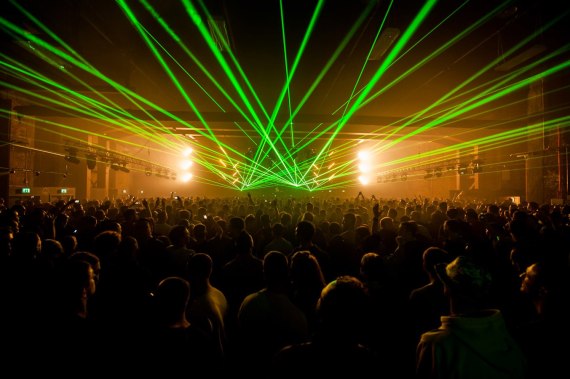
Conclusively, The Criminal Justice and Public Order Act of 1994 responded in an aggressive, uninformed manner to sensationalised media coverage and public pressure based on a minority of individual cases. Ultimately, resulting from the criminalisation of rave and ecstasy, a night-time economy was calculatedly introduced whereby taxable and profitable alcohol became the drug of choice made available at aesthetically improved clubs. The act was successful at commoditising aspects of rave subculture such as legal open gatherings and nightclubs that play electronic music (Measham, 2004). Young people flocked to cities as a form of recreational activity, establishing a binge-drinking culture where public violence, disorderly behaviour and health issues were created through consuming inhibition decreasing amounts of alcohol.
The essay question for this piece regarded a critique on a government policy which related to youth culture. It features more in regards to policy than music or sub-cultural matters.
References/Footnotes:
Atkinson, R. (2007). Ecology of Sound: The Sonic Order of Urban Space. Urban Studies, 44 (10), 1905-1917.
Autechre. (1994). Flutter. Anti EP.
Bennett, A. (1999). Subcultures or Neo-Tribes? Rethinking the Relationship Between Youth, Style and Musical Taste. Sociology, 33 (3), 599-617.
Brown, A., O’Connor, J. & Cohen, S. (2000). Local Music Policies within a Global Music Industry: Cultural Quarters in Manchester and Sheffield. Geoforum, 31(4), 437-451.
Campbell, D. (2011). Number of illegal drug users falls, survey shows. Available: http://www.theguardian.com/society/2011/jan/27/number-of-illegal-drug-users-fall. Last accessed 13th April 2015.
Cohen, S. (2002). Folk Devils and Moral Panics: The Creation of the Mods and Rockers. Psychology Press.
Collin, M. (2010). Altered State: The Story of Ecstasy Culture and Acid House. Profile Books.
Criminal Justice and Public Order Act 1994. (1994) c. 33. Part 5. Available at: http://www.legislation.gov.uk/ukpga/1994/33/part/V Last accessed 26th March 2015.
Critcher, C. (2000). ‘Still Raving’: Social Reaction to Ecstasy. Leisure Studies, 19(3), 145-162.
Gilbert, J. & Pearson, E. (1999). Discographies: Dance Music, Culture and the Politics of Sound. Psychology Press.
Goddard, E. (2000). Drug Use, Smoking and Drinking Among Young Teenagers in 1999, Report No. 189. London: Office for National Statistics.
Hayward, K. & Hobbs, D. (2007). Beyond the Binge in ‘Booze Britain’: Market‐led Liminalization and the Spectacle of Binge Drinking. The British Journal of Sociology, 58(3), 438.
Hebdige, D. (1976). The Meaning of Mod. Resistance Through Rituals: Youth Subcultures in Post-War Britain, 87-96.
Home Office. (2010). Drug Strategy, Reducing Demand, Restricting Supply, Building Recovery: Supporting People to Live a Drug Free Life. London: HMSO. Available at http://www.homeoffice.gov.uk/drugs/drug-strategy-2010 Last accessed 10th April 2015.
Home Office. (2014). Drugs: International Comparators. London: HMSO. Available at: https://www.gov.uk/government/uploads/system/uploads/attachment_data/file/368489/DrugsInternationalComparators.pdf. Last accessed 20th March 2015.
Hunt, N. (2005). Interventions for Young People: Overview of Available Evidence. Kent: European Institute of Social Services.
Kureishi, H., & Savage, J. (Eds.). (1995). The Faber Book of Pop. London: Faber & Faber. 799.
Leary, T. (1990). Flashbacks: a Personal and Cultural History of an Era: an Autobiography. Tarcher.
Lloyd, C. (2013). The Stigmatization of Problem Drug Users: A Narrative Literature Review. Drugs: Education, Prevention and Policy, 20(2), 85-95.
Maconie, S. (2012). Three. In: Cummins, K. Manchester: Looking for the Light Through the Pouring Rain. Faber. 222.
Malbon, B. (1999). Clubbing: Dancing, Ecstasy and Vitality. London: Routledge.
McKay, G. (1996). Senseless Acts of Beauty: Cultures of Resistance Since the Sixties. Verso.
McRobbie, A. & Thornton, S. L. (1995). Rethinking ‘Moral Panic’ for Multi-Mediated Social Worlds. British Journal of Sociology, 559-574.
Measham, F. & Brain, K. (2005). ‘Binge’ Drinking, British Alcohol Policy and the New Culture of Intoxication. Crime, Media, Culture, 1(3), 262-283.
Measham, F. (2004). Play Space: Historical and Socio-Cultural Reflections on Drugs, Licensed Leisure Locations, Commercialisation and Control. International Journal of Drug Policy, 15(5), 337-345.
Measham, F. (2004). The Decline of Ecstasy, the Rise of ‘Binge’ Drinking and the Persistence of Pleasure. Probation Journal, 51(4), 309-326.
Measham, F., Moore, K., Newcombe, R., & Welch, Z. (2010). Tweaking, Bombing, Dabbing and Stockpiling: the Emergence of Mephedrone and the Perversity of Prohibition. Drugs and Alcohol Today, 10(1), 14-21.
Nutt, D. J., King, L. A. & Phillips, L. D. (2010). Drug Harms in the UK: a Multicriteria Decision Analysis. The Lancet, 376 (9752), 1558-1565.
Office for National Statistics. (2013). Alcohol-related deaths in the United Kingdom 1991-2008. Available: http://www.drugscope.org.uk/Resources/Drugscope/Documents/PDF/Good%20Practice/alcdeaths0110.pdf. Last accessed 13th April 2015.
Parker, H. J., Aldridge, J. & Measham, F. (1998). Illegal Leisure: The Normalization of Adolescent Recreational Drug Use. Psychology Press.
Parker, H., & Williams, L. (2003). Intoxicated Weekends: Young Adults’ Work Hard-Play Hard Lifestyles, Public Health and Public Disorder. Drugs: Education, Prevention and Policy, 10(4), 345-367.
Pidd, H. (2013). Manchester’s Warehouse Project Club Introduces Drug Testing Pilot Scheme. Available: http://www.theguardian.com/society/2013/dec/01/drug-testing-warehouse-project-nightclub. Last accessed 26th March 2015.
Power, M. (2014). Drugs Testing Service: Knowledge is Power. Available: http://www.mixmag.net/features/knowledge-is-power. Last accessed 26th March 2015.
Ravn, S. (2012). Contested Identities: Identity Constructions in a Youth Recreational Drug Culture. European Journal of Cultural Studies, 15(4), 513-527.
Redhead, S. (1997). Subculture to Clubcultures: an Introduction to Popular Cultural Studies. Blackwell Publishers.
Reynolds, S. (1998). Generation Ecstasy: Into the World of Techno and Rave Culture. Psychology Press.
Robb, J. (2012). The Stone Roses and the Resurrection of British Pop: The Reunion Edition. Random House.
Shapiro, P (2000). Modulations: A History of Electronic Music. Caipirinha Productions Inc. 64.
Strategy Unit (2004) Alcohol Harm Reduction Strategy for England. London: Prime Minister’s Strategy Unit.
The Beatles. (1966). Tomorrow Never Knows. Revolver.
The Green Party. (2006). Drug Use. Available: http://policy.greenparty.org.uk/du.html. Last accessed 26th March 2015.
The Green Party. (2015). 2015 General Election Manifesto. Available: https://www.greenparty.org.uk/assets/files/manifesto/Green_Party_2015_General_Election_Manifesto_Searchable.pdf. Last accessed 30th April 2015.
The Lib Dems. (2015). The time for action on drugs reform is now. Available: http://www.libdems.org.uk/the-time-for-action-on-drugs-reform-is-now. Last accessed 26th March 2015.
The Lib Dems. (2015). The Complete Manifesto. Available: https://d3n8a8pro7vhmx.cloudfront.net/libdems/pages/8907/attachments/original/1429028133/Liberal_Democrat_General_Election_Manifesto_2015.pdf?1429028133. Last accessed 30th April 2015.
Thornton, S. (1995). Club Cultures: Music, Media and Subcultural Capital. Cambridge: Polity Press.
UNODC. (2013) World Drug Report. United Nations Publication.
Young, J. (1971). The Drugtakers: The Social Meaning of Drug Use. London: Paladin.





















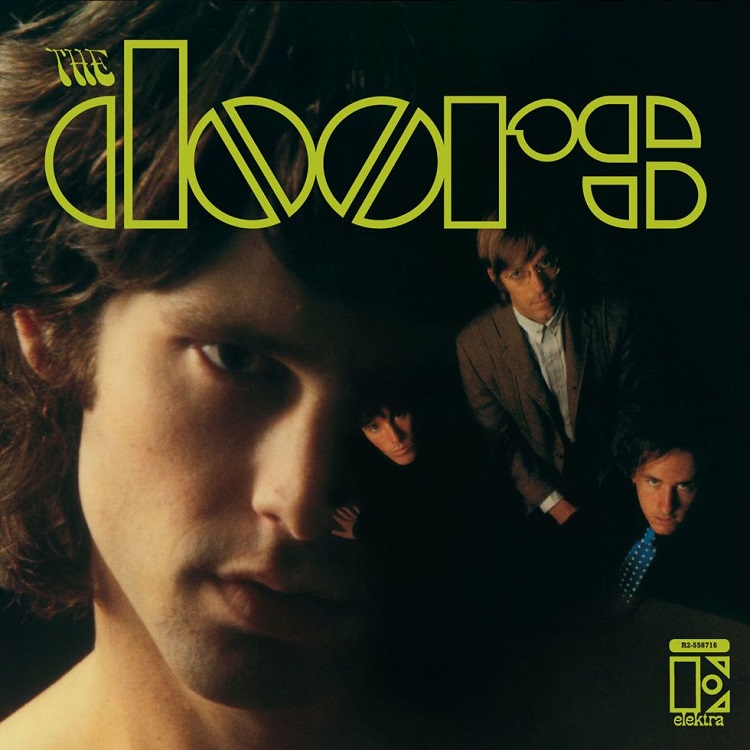
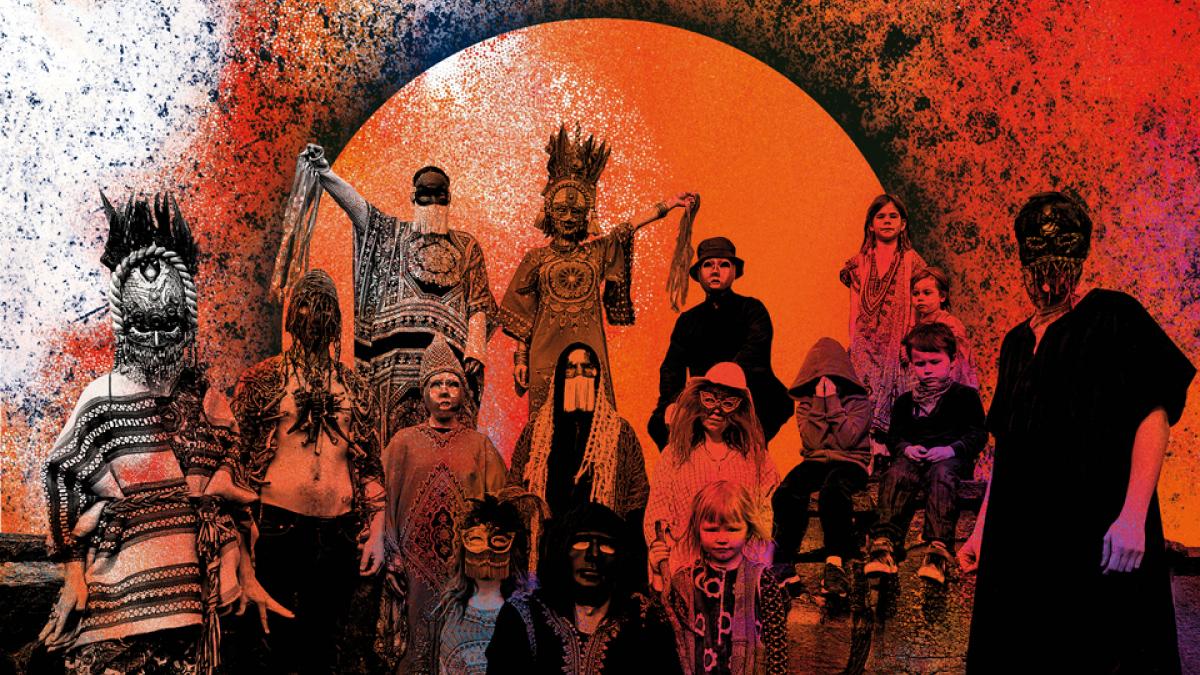






























































































































































































































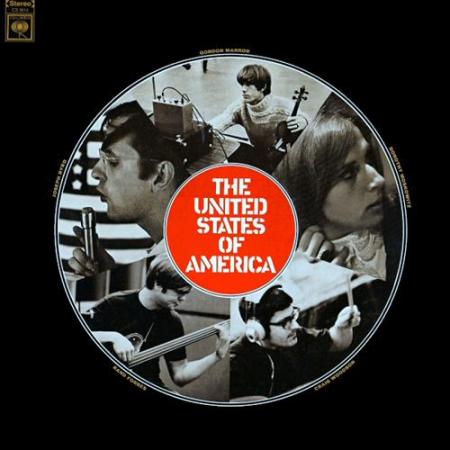
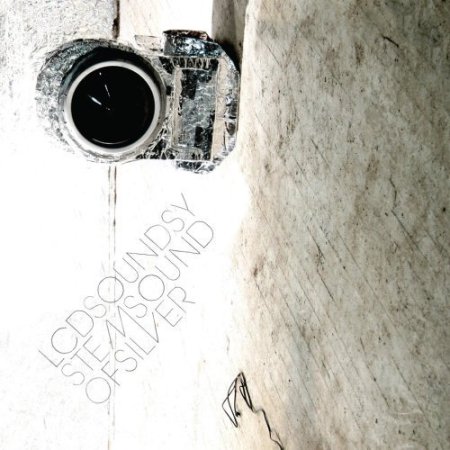
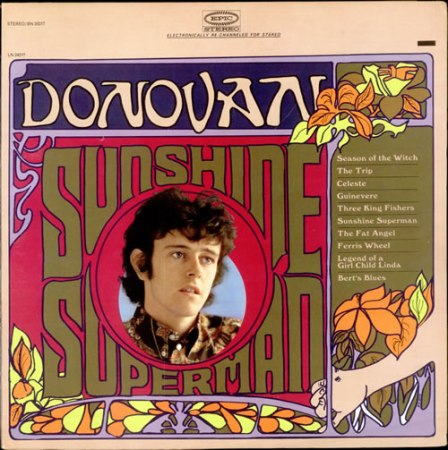
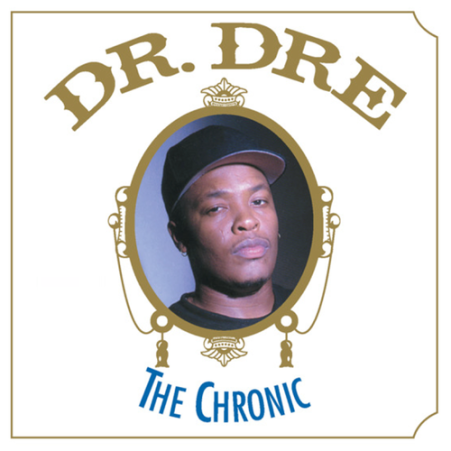
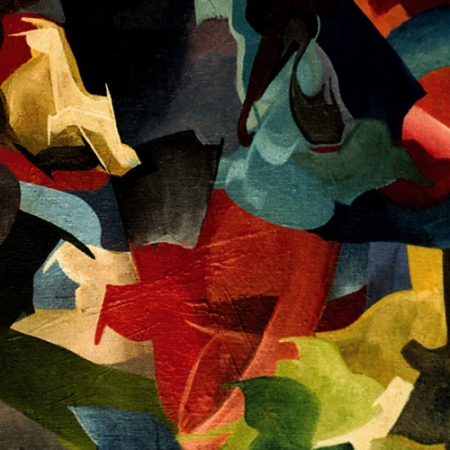
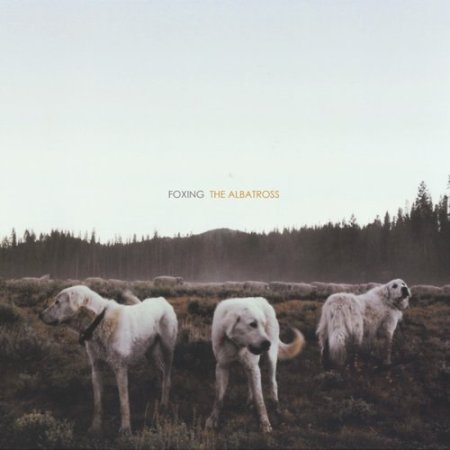
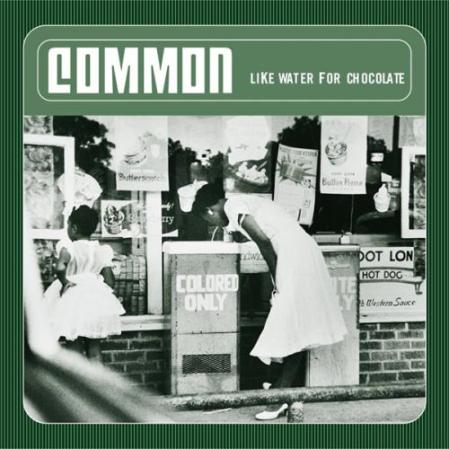
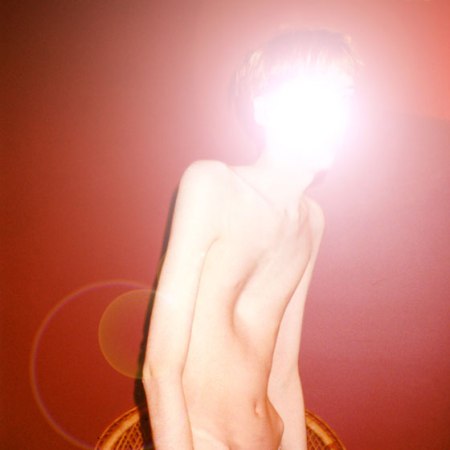










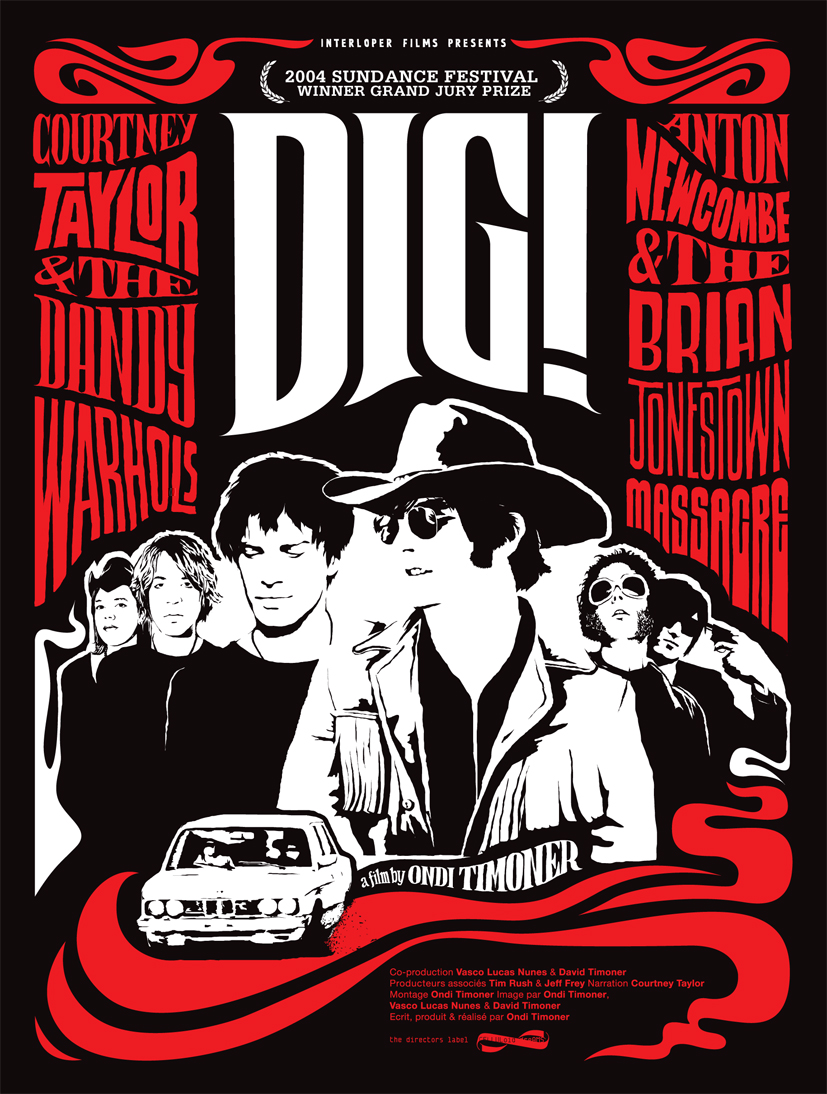




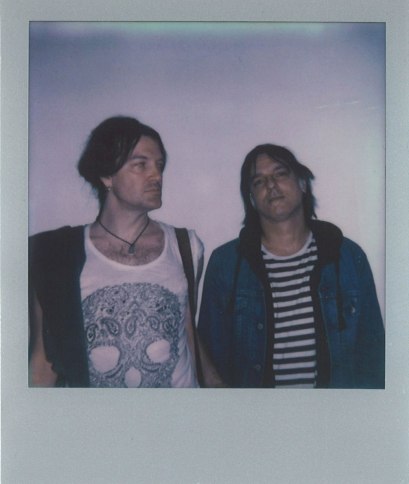
Recent Comments